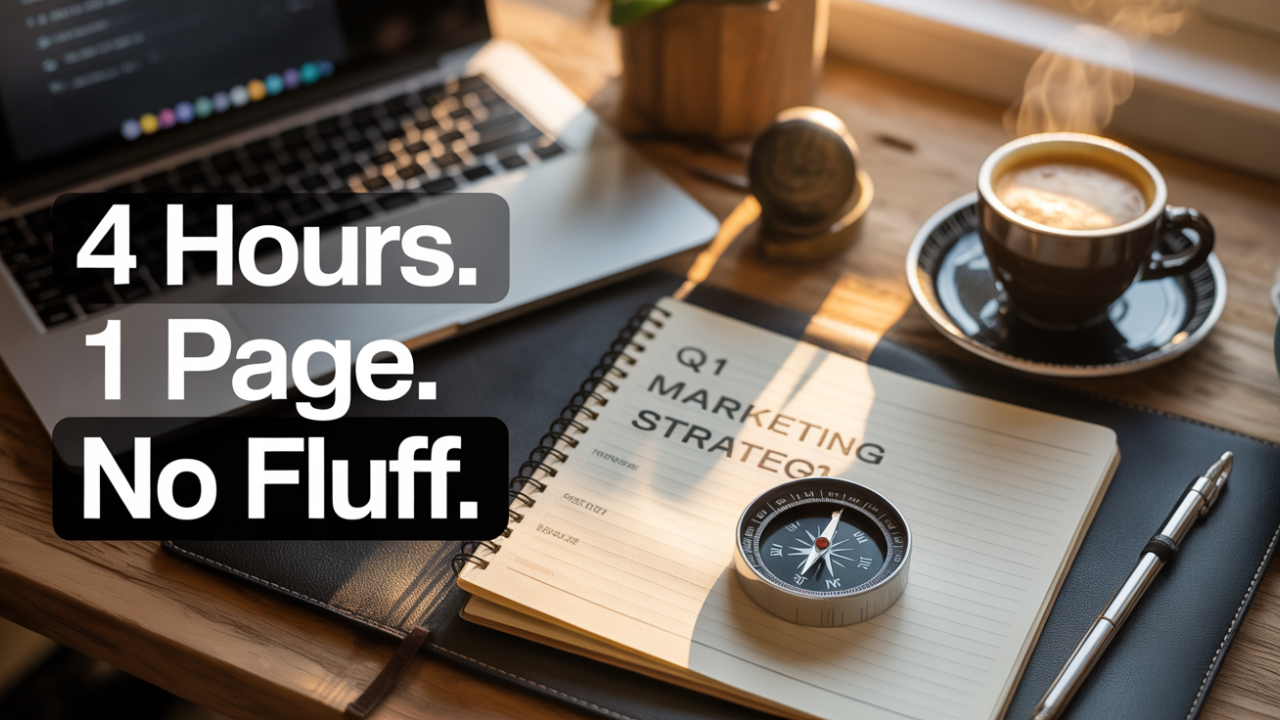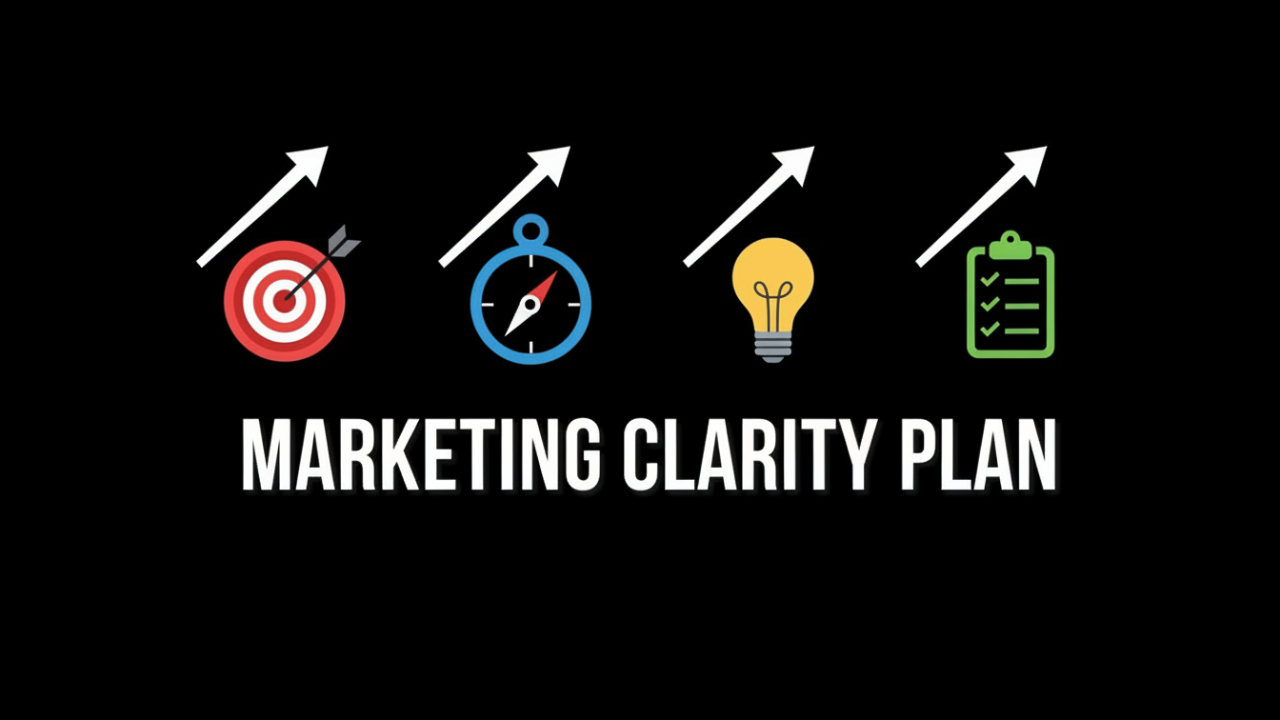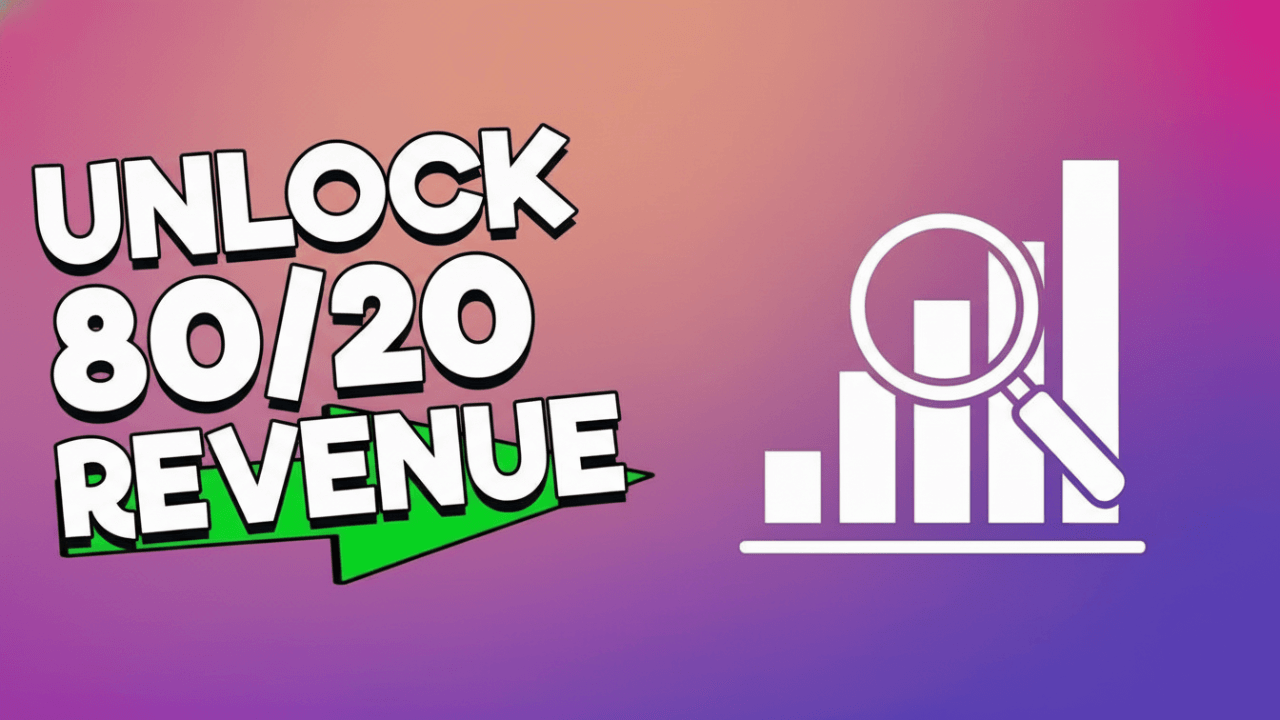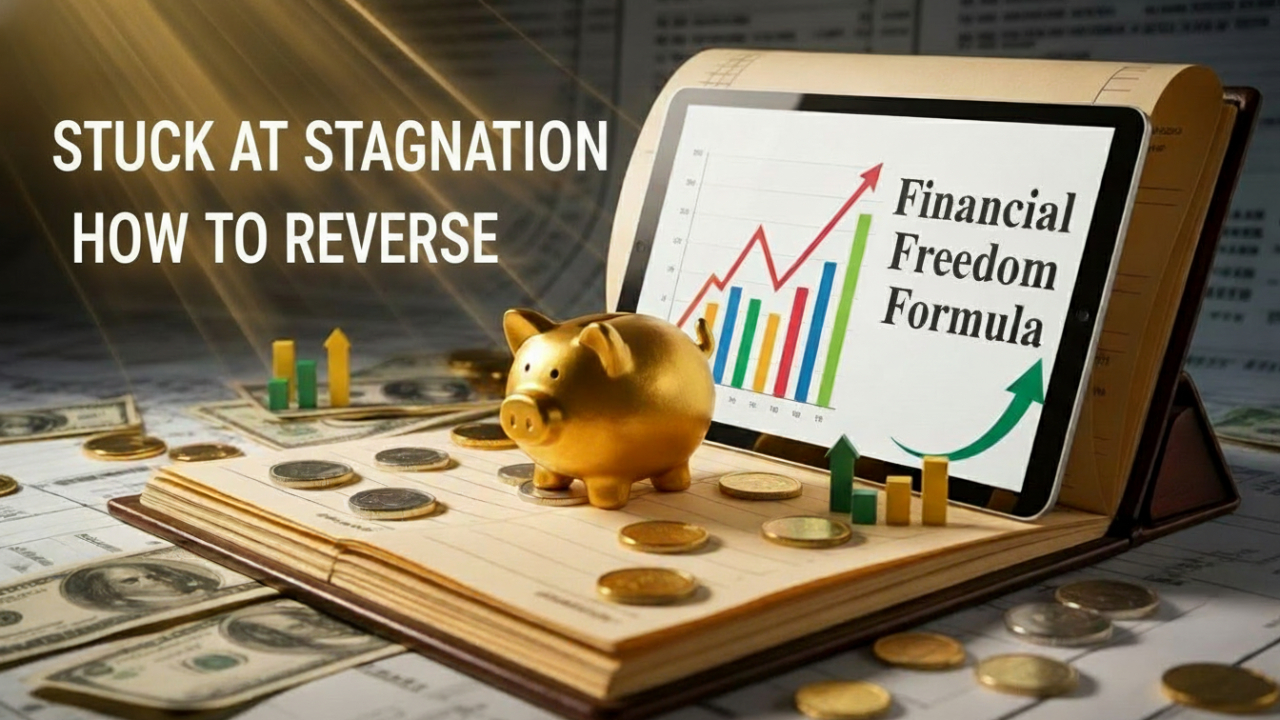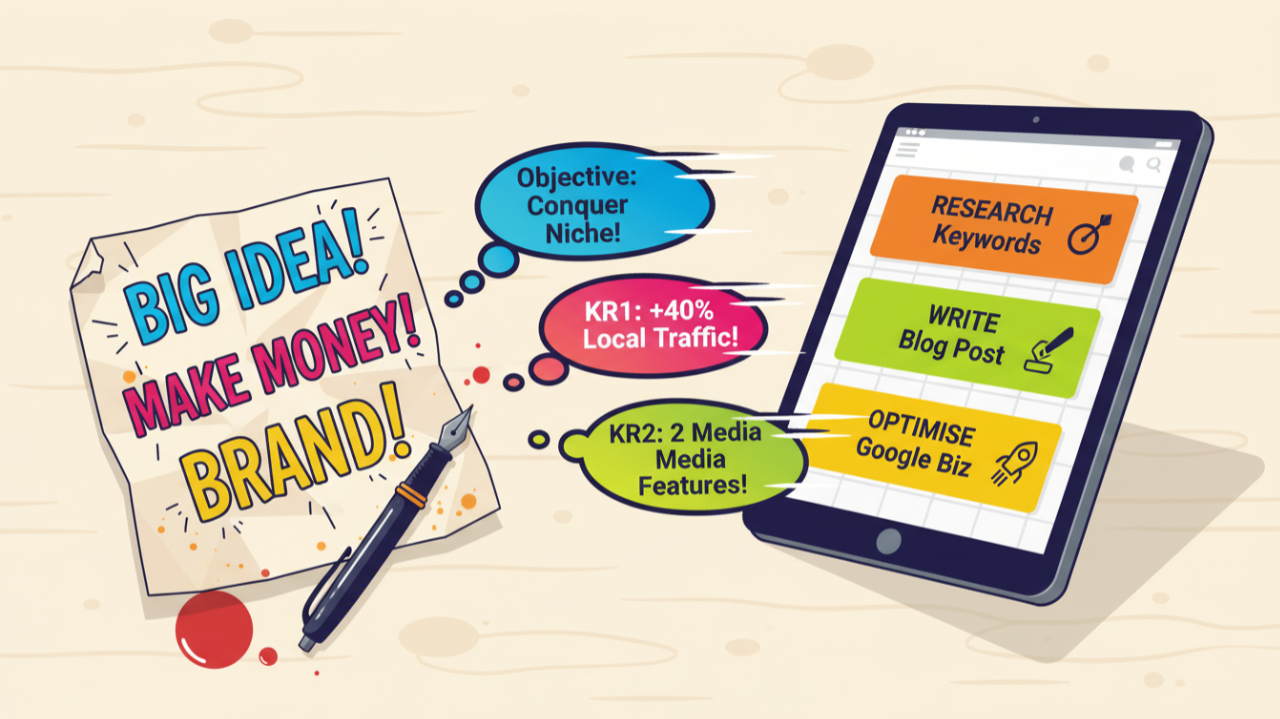The Copywriting Secret That Turns Technical Specs Into Emotional Gold
The 'So What?' Test: A Simple Trick to Make Your Marketing Message 10x More Effective
It’s 10 pm on a Tuesday. The kids are in bed, you’ve finally cleared the dinner plates, and now you’re staring at a blinking cursor on a screen. You’re trying to write a social media post, an email to your customer list, maybe even update a page on your website. You’ve got a great product, a brilliant service, you know it inside and out. But getting that brilliance onto the page in a way that makes people actually care… well, that’s another story.
You type out something like, “We’re excited to announce our new widget, now with a poly-carbon frame and an upgraded 2.0 processing chip!” You read it back. It’s accurate. It’s true. It’s also… a bit flat, isn’t it? It feels like you’re shouting into a void.
If that scenario feels even vaguely familiar, you’re not alone. I’ve been there, and I’ve seen hundreds of small business owners in the exact same spot. We are so deeply in love with what we’ve built that we get lost in the details, the features, the specs. We forget the one question that every single potential customer is subconsciously asking: “So what?”
That’s it. That’s the secret. In this post, I’m going to walk you through a simple but incredibly powerful copywriting trick called the "So What?" test. It’s a tool that will help you transform your dry, feature-focused statements into compelling messages that connect with your audience, build trust, and ultimately, get them to take action. It’s time to stop talking about what your product is and start talking about what it does for them.
What is the "So What?" Test, Really?
At its heart, the "So What?" test is a simple diagnostic tool. It’s a question you ask yourself after you’ve written down a feature or a fact about your business. You state the feature, and then you challenge it, like a slightly sceptical toddler, with a firm “So what?”
Let’s use that terrible example from before:
- Your statement: “Our new widget has a poly-carbon frame.”
- You ask: “So what?”
- Your answer: “Well, it means it’s more durable and less likely to break.”
- You ask again: “So what?”
- Your answer: “So you won’t have to waste money replacing it every six months.”
- And one more time: “So what?”
- Your final answer: “So you can buy it with confidence, knowing it’s a smart investment that will last, saving you hassle and money in the long run.”
Now, look at that final answer. Compare it to the original statement. We went from a cold, technical detail (“poly-carbon frame”) to a warm, emotional benefit (“buy with confidence,” “smart investment,” “saving you hassle and money”). That’s the magic of this test.
This technique isn’t new; it’s been a cornerstone of good copywriting for decades. It forces you to get out of your own head—the head of the business owner who knows every nut and bolt—and into the head of your customer. Your customer doesn’t care about the materials science behind your product. They care about whether it will solve their problem, make their life easier, or make them feel good. The "So What?" test is the bridge between your world and theirs.
Why This Little Question is a Game Changer
I think we all instinctively know that talking about benefits is better than talking about features, but we often struggle to do it consistently. There’s a psychological reason for this, often called the “Curse of Knowledge.” You’re so familiar with your own product or service that you can’t imagine what it’s like for someone who knows nothing about it. You assume the benefits of your features are obvious.
They’re not.
Using the "So What?" test systematically breaks this curse. Here’s why it’s so effective:
- It Eliminates Jargon and Fluff: Technical specs and corporate-speak are the enemies of connection. When you force yourself to answer “So what?”, you have to translate those complex ideas into simple, human terms. “Cloud-based synergy” becomes “You and your team can all work on the same document from anywhere.” See the difference? One is noise; the other is a solution.
- It Shifts the Focus to the Customer: Your marketing should never really be about you. It should be about your customer. It’s about their problems, their desires, their needs. This test makes it impossible to talk only about yourself. It forces every single statement to be filtered through the lens of customer value. This shift from “we have” to “you get” is probably the single most important change you can make in your marketing.
- It Taps into Emotion: People buy on emotion and justify with logic. A feature like “128-bit encryption” is purely logical. But what’s the emotional benefit? The answer you get from the "So What?" test is “peace of mind, knowing your personal data is safe from hackers.” Peace of mind is an emotion. Safety is an emotion. That’s what people are actually buying. We once worked with a financial advisor who talked all about his “holistic planning process.” It was putting people to sleep. We applied the test. The end benefit? “The confidence to sleep soundly at night, knowing your family’s future is secure.” His consultation bookings went up by 40% in three months.
How to Apply the "So What?" Test: A Practical Four Step Guide
Alright, theory is great, but let’s get practical. How can you start using this today? Here’s a simple process you can follow for any piece of marketing you’re working on. Grab a pen and paper, or open a new document.
Step 1: List Your Features
First, just do a brain dump. Don’t filter yourself. List every single feature of your product or service you can think of. If you’re a coffee shop, it could be things like “single-origin beans,” “locally sourced milk,” “free Wi-Fi,” or “loyalty card.” If you’re a software company, it’s “unlimited projects,” “daily backups,” “24/7 support.” Just get it all out there.
Step 2: Ask "So What?" Relentlessly
Now, go through your list one by one. For each feature, ask “So what?” And don’t just ask it once. Keep asking it until you get to an answer that feels genuinely meaningful and emotional. You’re digging for gold here. The first answer is usually a surface-level benefit. The third or fourth answer is often where the real magic lies.
- Feature: We use single-origin coffee beans.
- So what?
- They have a more distinct and high-quality flavour.
- So what?
- You get to experience a more interesting and delicious cup of coffee than the generic stuff.
- So what?
- It turns your daily coffee from a simple caffeine hit into a small, affordable moment of luxury and discovery.
Step 3: Translate and Articulate the Core Benefit
Once you’ve dug down to the core benefit, it’s time to craft it into a compelling message. Take that final, emotional answer and turn it into a customer-facing statement.
- Before: “We serve single-origin coffee.”
- After: “Your daily coffee should be more than just a routine. Discover unique flavours from around the world and turn your morning caffeine fix into a moment of pure indulgence.”
Step 4: Refine and Test
Your first attempt might not be perfect, and that’s fine. The final step is to put your new benefit-driven messages out into the world. See how your audience reacts. Does a particular message get more likes on social media? Does an email with a certain subject line get a higher open rate? Pay attention to the feedback, both direct and indirect, and keep tweaking. Good messaging is an evolution, not a one-time task.
Examples of the "So What?" Test in Action
Let’s look at a few more before-and-after examples to really drive this home.
Example 1: An Accountant for Small Businesses
- Feature-Focused (Before): “We offer comprehensive annual tax return services.”
- Applying the "So What?" test:
- So what? You don’t have to do your own tax return.
- So what? You save hours of stressful, confusing work and avoid the risk of making a costly mistake.
- So what? You can get back to running your business and have complete peace of mind that your finances are handled correctly, so you can focus on what you do best.
- Benefit-Focused (After): “Hate the stress of tax season? We’ll handle your annual returns so you can have complete peace of mind and get back to doing what you love—running your business.”
Example 2: A Landscaping Company
- Feature-Focused (Before): “We use pet-safe, organic pesticides.”
- Applying the "So What?" test:
- So what? It won’t harm your dog or cat if they play in the garden.
- So what? You don’t have to worry about your furry family members getting sick from harsh chemicals.
- So what? You can enjoy a beautiful, lush garden with the confidence that it’s a safe and healthy space for everyone you love, including your pets.
- Benefit-Focused (After): “A beautiful garden you can feel good about. We use 100% pet-safe treatments, so you can let your dog play freely without a single worry.”
Example 3: A Project Management Software
- Feature-Focused (Before): “Our software integrates with Slack and Google Drive.”
- Applying the "So What?" test:
- So what? You don’t have to switch between different apps all the time.
- So what? Your workflow is smoother, and your team wastes less time searching for files or messages.
- So what? Your team can work more efficiently and with less frustration, meaning projects get finished faster and with fewer headaches.
- Benefit-Focused (After): “Stop juggling tabs. Our software connects seamlessly with the tools you already use, creating one central hub for your projects so your team can work faster and with less friction.”
In every case, the "After" version is more compelling because it speaks directly to a desire or a pain point. It’s not about the tool; it’s about the outcome.
Common Pitfalls to Avoid
This test is simple, but it’s not always easy. Here are a couple of common traps I see people fall into:
- Stopping Too Soon: The most common mistake is asking "So what?" only once. "Our jackets are waterproof" -> "So you stay dry in the rain." That’s a benefit, sure, but it’s basic. Keep digging. Why is it important to stay dry? Is it about comfort? Is it about protecting the expensive phone in your pocket? Is it about being able to enjoy a hike no matter the weather? The deeper you go, the more powerful the message.
- Being Dishonest or Vague: The benefits you uncover must be specific and true. Don’t claim your accounting software will “revolutionise your life.” That’s vague and unbelievable. Instead, promise it will “cut the time you spend on invoicing in half.” That’s specific, believable, and far more compelling.
- Forgetting to Re-evaluate: Your customers’ needs and the market can change. The benefit that resonated two years ago might not be the most important one today. Make it a habit to revisit your core messaging every six months or so and run it through the "So What?" test again. Is it still sharp? Is it still relevant?
Your Turn to Take Action
We’ve covered a lot, but the core idea is incredibly simple. Stop describing the nuts and bolts of what you sell. Start articulating the value, the relief, the joy, or the freedom that your customers get when they choose you. The "So What?" test is your most reliable tool for making that shift. It moves you from broadcasting information to making a genuine connection.
I encourage you, right now, to take one piece of your marketing—your website’s homepage, your LinkedIn bio, your last email newsletter—and run it through this process. Write down one of your main features and ask that powerful little question: “So what?” See where it takes you. I promise that the answers you find will not only make your marketing more effective but will also give you a much clearer sense of the real value you bring to your customers.
And that’s a pretty great feeling.
Ready to Apply This Kind of Clarity to Your Entire Marketing Strategy?
Feeling a spark of clarity is one thing. Turning that spark into a consistent, lead-generating fire is another.
As a small business owner, you’re juggling everything. You know you need better marketing, but finding the time to create a focused, actionable plan can feel impossible. You end up trying a bit of everything and mastering nothing, which is both exhausting and ineffective.
What if you could press pause for a moment and, with expert guidance, build a clear, powerful marketing roadmap in just a few weeks?
That’s exactly what our Pathfinder Marketing SPRINT is designed for. This isn’t a long, drawn-out consultancy project. It’s an intensive, collaborative programme where we work directly with you to cut through the noise. We’ll apply the same benefit-first thinking from this article to your entire business, helping you:
- Pinpoint your ideal customer and what they truly care about.
- Clarify your core message so it resonates instantly and powerfully.
- Build a simple, effective marketing plan that you can actually execute without getting overwhelmed.
Stop guessing and start moving forward with confidence. If you’re ready to get serious about your marketing and see real results, find out more about the Pathfinder Marketing SPRINT today.
Learn More and Book Your Discovery Call Here
Additional Resources:
For further material on related topics, consider exploring the following:
- Stop Drowning in Marketing Advice: Break the Endless Research Loop That's Keeping You Stuck
- Insider's Guide to Crafting the Perfect Customer Persona
- Crack the Marketing Code: The Power of 20 Strategic Questions
- The Quiet Crisis: Why Your Business Stopped Growing (And How to Fix It)
- 90 Day Action Plan Template: The Proven Strategy for Achieving Your Business Goals
Reclaim your momentum, energy, and confidence.
Contact us
now and let’s turn your business strategy into unstoppable progress.
Phone: 0330 311 2820
We look forward to helping you discover your unique path to growth, strategies that fit you - not the other way round.
Pay It Forward! Sharing Is Caring!


